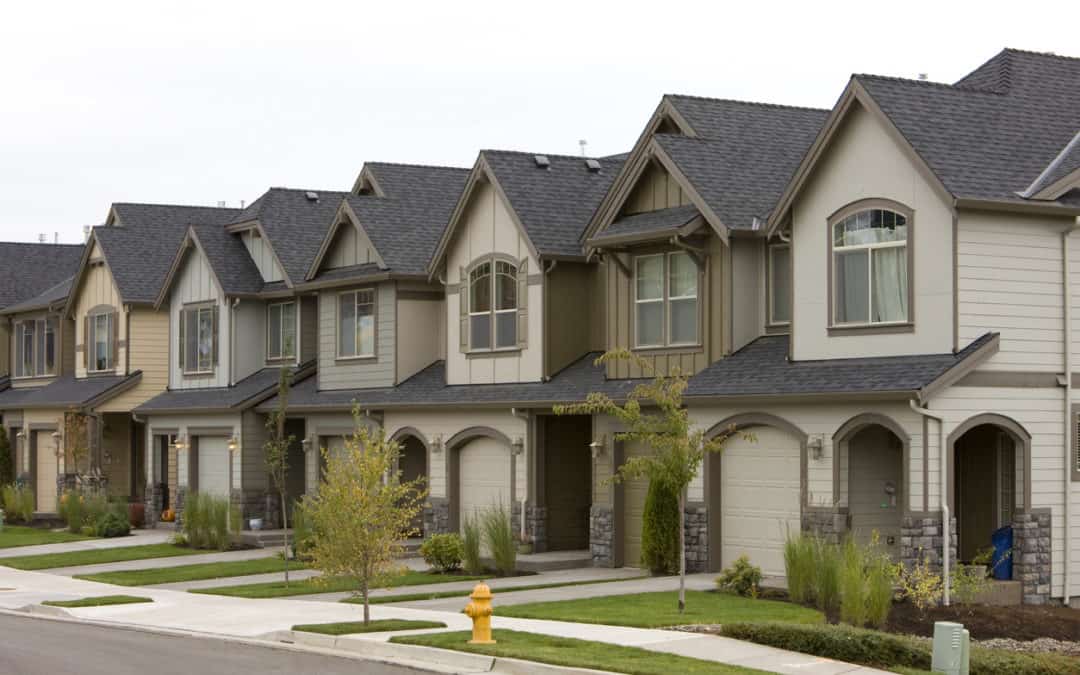There’s no real secret out there when it comes to roofs being the most important feature of any structure. Not to say that foundations and good framing and all-around good construction aren’t vital to the success of any structure. Though to have a structure without a roof isn’t even a type of shelter; you just have walls. Roofing is one of the first things ancient humans figured out about creating a home or any type of stable building. The protection it provides from the elements is essential, especially in a modern context of a safe, comfortable home and a productive business. Though not every roof is the same. There are different types out there, and they’re usually separated down a specific line of commercial and residential.
Commercial roofing is the sort of roofing you’ll find on restaurants, schools, hospitals, large factories, and other commercial buildings. It’s rated an entirely different way and therefore needs to be constructed differently. Residential roofing is the typical roofing that you’re going to find with homes. Again, this roofing is rated differently. There are quite a few essential differences between these roofing types. Let’s go through some of them below.
Differences Between Residential and Commercial Roof Types

1: Materials Used
The first big difference you’re going to find between these roofing types will be the materials used. For residential homes, you’re typically dealing with quality wood that you’re going to use to create the frame of the roof, then that’s topped with plywood, and typically a layer of roofing felt (tar paper) and shingles. With a commercial roof, you could be looking at metal materials, like a steel frame, and a metal covering, and you might end up not having any type of shingle but instead layers of other materials that are tougher and stronger and designed to withstand the elements better.
2: The Design
How these roofs are designed is another very important area of difference. With a residential roof, you’re typically looking at a rather steep and pronounced slope. Because of the materials used, like discussed above, the idea with residential roofing is to have water and debris fall off of the roof. The design with commercial buildings is typically flat. This is because things like HVAC units and other items need to be situated on the roofs, and also the fact that style isn’t really a consideration with commercial buildings like it so often is with residential homes.
3: Maintenance Schedule/Type
Another area of difference here would be the way that these roofing types are maintained. Commercial roofing, for instance, will have to be inspected a lot more. It is recommended that all flat commercial roofs are inspected at least twice per year. You really want to inspect carefully and look for weak points. These roofs are holding a lot more weight, and so their structural integrity is of the utmost importance. Residential roofs are also important, to be sure, though they typically do not have to be that thoroughly inspected so often. Commercial roofs are dealing with a lot of excess weight and elements. Residential roofs typically send that stuff down and nothing stays on them for long.
4: The Installation
The last key difference we’ll discuss here is how the roofing types are installed. The construction process is a lot different. As you might imagine, the materials and the design will require different methods here to put together. Though you also have the actual roof finishing that’s a lot different. With residential options, for instance, they typically have an underlayment membrane installed before everything else is put over top of it. With flat roofs, which do have a slight slope, the idea is to get them as flat as possible, to prevent pooling water. So the way that the professionals install these roofing types definitely varies.
At the end of the day, the type of roof on a structure depends on what the structure will be used for. Residential homes require stylistic designs that are created to repel pooling and debris, whereas commercial buildings are far more utilitarian and require a lot more strength. Though no matter what type of roofing it is, it should be left to the professionals to handle.

Recent Comments